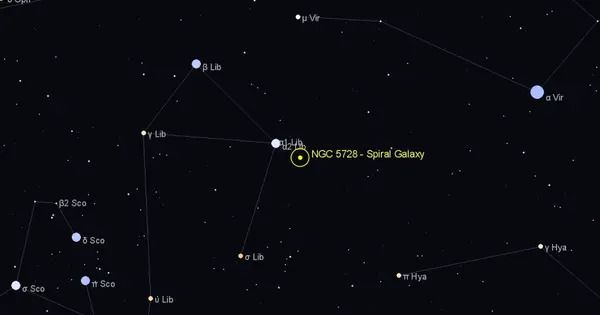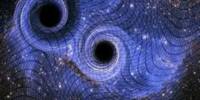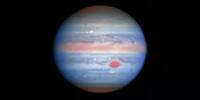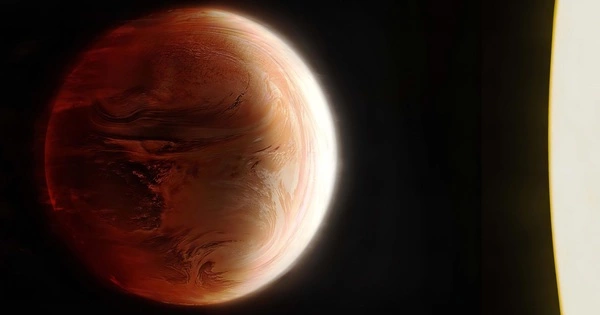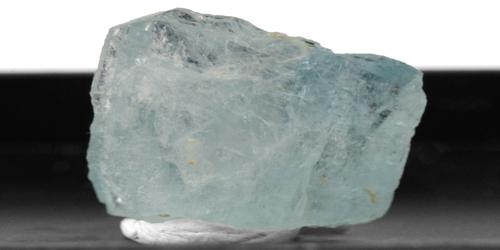A new study shows the optimal strategy for improving images obtained by the James Webb Science Telescope (JWST) through a mathematical methodology known as deconvolution. Mason Leist is working on photos of a supermassive black hole from his office in the UTSA Department of Physics and Astronomy, 127 million light-years away from Earth.
The UTSA Graduate Research Assistant led a study published in The Astronomical Journal on the best way to improve images obtained by the James Webb Science Telescope (JWST) using a mathematical approach known as deconvolution. He was tasked by the Galactic Activity, Torus, and Outflow Survey (GATOS), an international collaboration of scientists, with improving JWST observations of the galaxy NGC5728.
The GATOS team, co-led by UTSA Professor and Leist’s doctoral advisor Chris Packham, was awarded time on the JWST for its research on black holes.
We believe the extension is part of an outflow from a supermassive black hole that may be interacting with the host galaxy. There’s a lot more science to be done. It is difficult to distinguish the extended structure in all of the JWST images, but by using deconvolution techniques, we reduced the image data to reveal the hidden faint emission feature.
Mason Leist
“It’s incredibly humbling,” Leist said. “Not only are we working with JWST data, which is a fantastic chance and a massive quantity of science, but we are also collaborating with other scientists. It’s been a great experience working with fellow GATOS members on this project. I like to tell people that this work is the result of 35 scientists working at institutes in 14 countries.”
Leist deconvolved simulated and observed pictures of NGC 5728’s active galactic nucleus (AGN), an area in its center. The central engine of an active galactic nucleus, which consists of a hot and chaotic accretion disk orbiting a central supermassive black hole surrounded by a thick torus of gas and dust, is critical in feedback between the AGN, host galaxy, and intergalactic medium.
He tested five deconvolution algorithms over two years on simulated observations of an AGN. Of the five methods tested, the Kraken algorithm improved the simulated AGN model image quality the most and was therefore applied to JWST observations of NGC 5728. Kraken is a high-performance multi-frame deconvolution algorithm developed by a team of researchers led by Douglas Hope and Stuart Jefferies at Georgia State University.
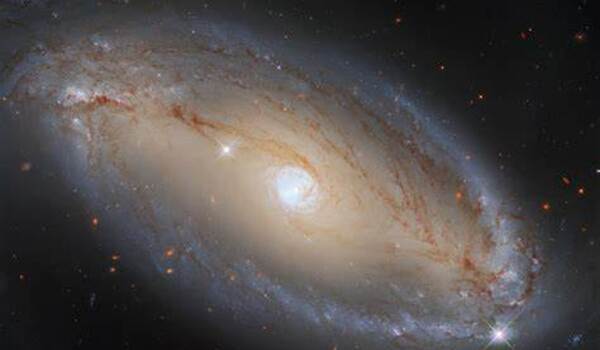
JWST spotted NGC 5728 at five different wavelengths. In these observations, a faint extended feature was detected in only one wavelength. As Leist deconvolved the data, the faint extended emission feature became visible at all wavelengths, confirming Kraken deconvolution’s ability to improve JWST image quality and enhance faint extended emission characteristics.
“We believe the extension is part of an outflow from a supermassive black hole that may be interacting with the host galaxy. There’s a lot more science to be done,” Leist stated. “It is difficult to distinguish the extended structure in all of the JWST images, but by using deconvolution techniques, we reduced the image data to reveal the hidden faint emission feature.”
The process was also a collaboration with Willie Schaefer, UTSA’s Adobe Creative Cloud support specialist, who helped create a scientifically accurate set of color images for the study.
Leist’s work demonstrates deconvolution is an efficient and accurate tool for image processing. Similar methods, he and Packham said, can be applied to broader science cases using JWST observations. The approach has garnered significant interest from fellow scientists working on JWST image processing.
“We’re doing important work using JWST data,” Packham said. “But it’s important because we can improve on the raw data and get better image quality to see those fainter details by using this approach. It shows the strength of collaboration within the GATOS, which is co-led by UTSA.”
Leist’s work to improve JWST views of the galaxy NGC 5728 is a new piece of the puzzle that helps to clarify the universe’s origins. The GATOS is currently doing investigations that will characterize the entire scope of the deconvolved images as well as other astrophysical results.
“It goes back to the generation of galaxies shortly after the Big Bang,” Packham explained. “If we want to understand our place within our galaxy, within our solar system, and the universe in general, we have to understand what’s going on within black holes in our galaxy and, indeed, other galaxies. We can understand the formation of our galaxy, our solar system, the earth, and life on earth. It’s part of that big picture question.”
